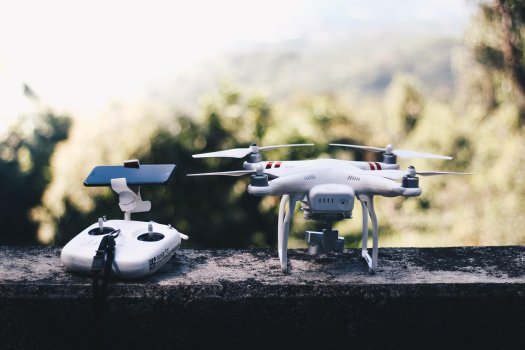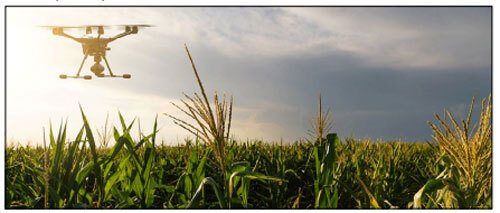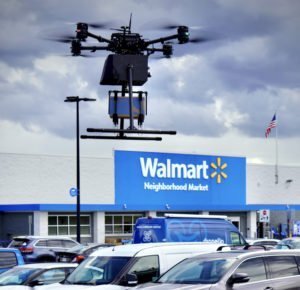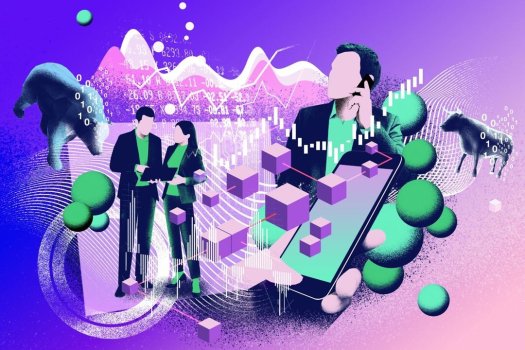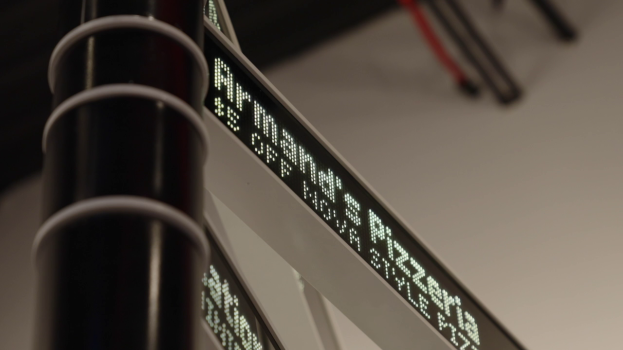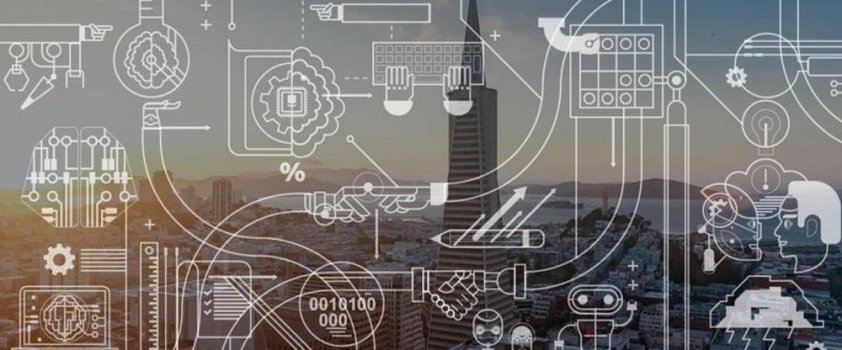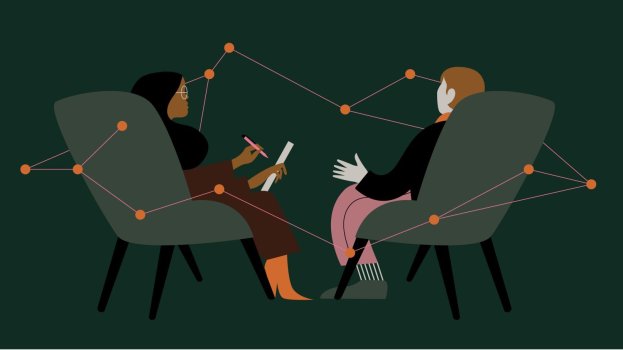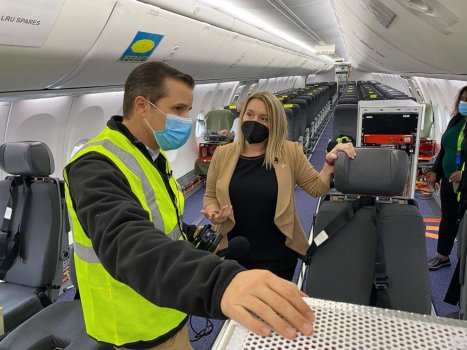Monitor edge latency for IoT devices
- Technology Solutions
- 0 Replies
Monitoring edge devices for latency enables you to track and identify issues before they become bigger problems. Most companies already have latency monitoring tools in place; it's just a matter of using them to track edge devices, too.
IoT technologies such as edge AI and fog computing enable you to support a more decentralized network and operating model. As you become more dependent on edge computing, however, you might notice issues with edge latency, especially for networks that use legacy technologies or those experiencing exponential growth of IoT devices. The network sometimes simply cannot handle the added work, so bandwidth and system performance suffer.
Remote and network monitoring tools can identify edge latency issues and help IT teams be proactive in fixing them.
Latency in edge devices
Generally speaking, latency happens due to the physical distance between devices. Some companies might have thousands of kilometers between an edge device at a manufacturing location and the system monitoring it. That's the double-edged sword of edge devices: You can deploy them easily, but they might be far away from the systems they send data to.
Other reasons for edge latency include:
IoT technologies such as edge AI and fog computing enable you to support a more decentralized network and operating model. As you become more dependent on edge computing, however, you might notice issues with edge latency, especially for networks that use legacy technologies or those experiencing exponential growth of IoT devices. The network sometimes simply cannot handle the added work, so bandwidth and system performance suffer.
Remote and network monitoring tools can identify edge latency issues and help IT teams be proactive in fixing them.
Latency in edge devices
Generally speaking, latency happens due to the physical distance between devices. Some companies might have thousands of kilometers between an edge device at a manufacturing location and the system monitoring it. That's the double-edged sword of edge devices: You can deploy them easily, but they might be far away from the systems they send data to.
Other reasons for edge latency include:
- Data management bottlenecks as devices decide what data to keep, what to transmit and what to discard before sending it downstream. This can create latency if devices process massive amounts of data.




